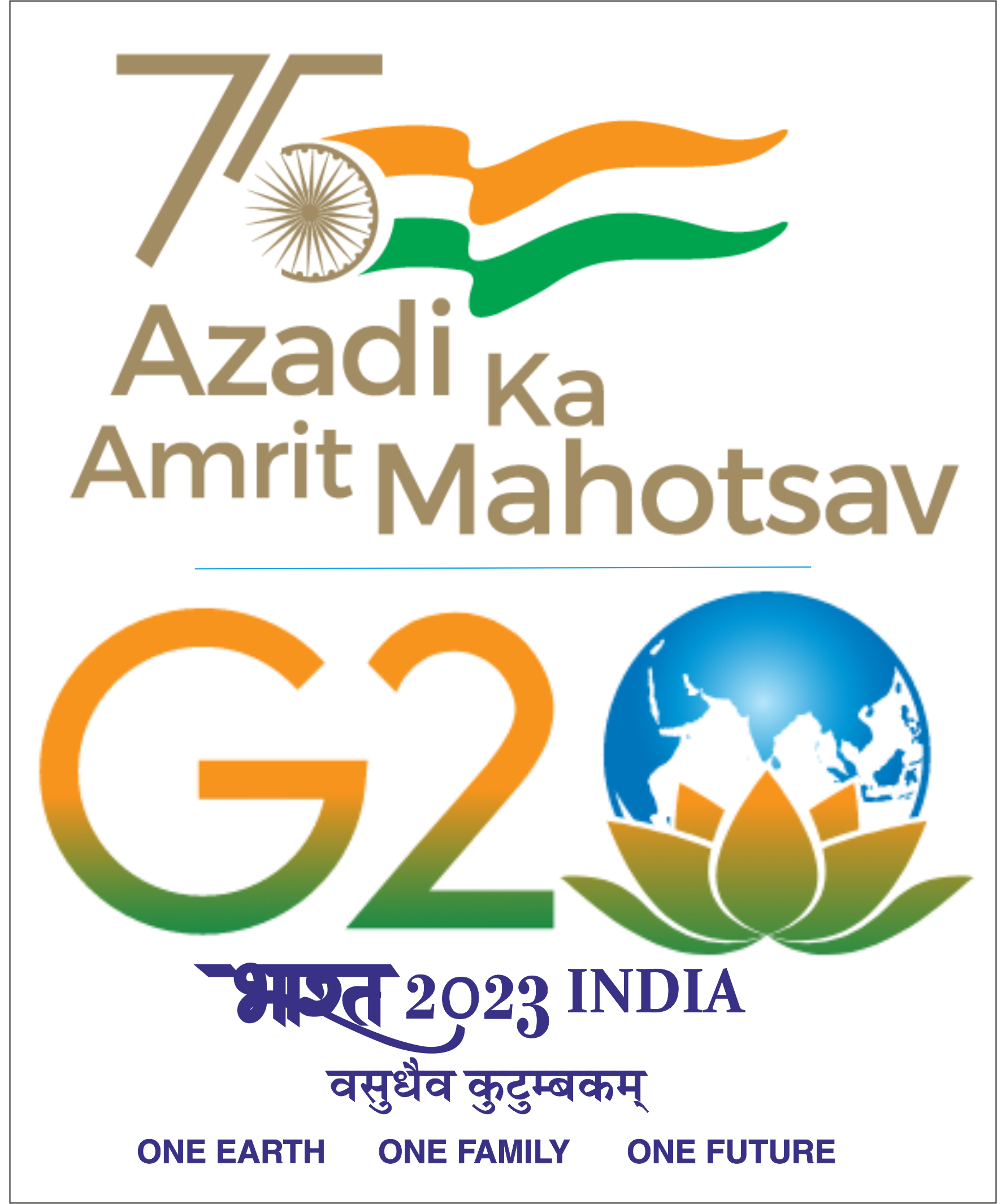Investigating the impact of transition to drip irrigation by sugarcane farmers
Name of Student:
Guide:
Co- Guide:
Project Type:
M. Tech Project -II (TD 696)
Sector:
Agriculture
Download Link:
Abstract:
The furrow method of irrigation is the dominant form of providing water to the crops in
India. But its conveyance efficiency in only around 50 % and it has not been able to give a
good crop yield. On the other hand, the new methods of irrigation like sprinkler and drip (also
known as micro irrigation) promise to cover the deficiencies of the surface irrigation method
by having high conveyance and application efficiency of around 80-90 % leading to better
crop yield. But this transition has its own impacts – socio economic and technical which have
not been discussed in detail in India. Investigating how this transition will affect the small
and marginal farmers and how will it impact the water and energy consumption is critical to
promote a policy which is trying to reduce the water consumption on one hand and is
promoting the concept of ‘more crop per drop’. Recently, the Maharashtra government made
it compulsory for all the sugarcane farmers to switch to drip method of irrigation over a
period of 3 years. Similar efforts to subsidise the upfront cost to promote adoption of this
technology has been underway by both Central and state governments.
The report investigates the transition’s effect on small and marginal sugarcane farmers in
terms of the initial investment, change in profits, adoption challenges and the said benefits of
this technology. Cost analysis shows that the subsidy given by the government is insufficient
for the small or marginal farmer which is a major barrier to adoption. Additionally, the
delayed settlement of subsidies demotivate the farmers from installing this technology given
they already cash constraints due to high input costs.
Technical aspects of the system have also been analysed by designing a drip irrigation system
for 1 hectare of land growing sugarcane. This illustrates the various pressure head losses due
to which energy consumption increases. Calculations have been done for theoretical water
and energy requirement of sugarcane crop which is then compared with the primary data
collected from Baramati taluka in Pune. The results show that although water consumption
decreases by 25 % on shifting to this method, energy consumption increases by 55 %. A
similar analysis at the state level shows similar trends. This directly affects the state
electricity board’s finances which are already in debt due to non-recovery of costs. Thus the
trade-off between water savings and increased energy consumption needs to be properly
managed through appropriate policies.





